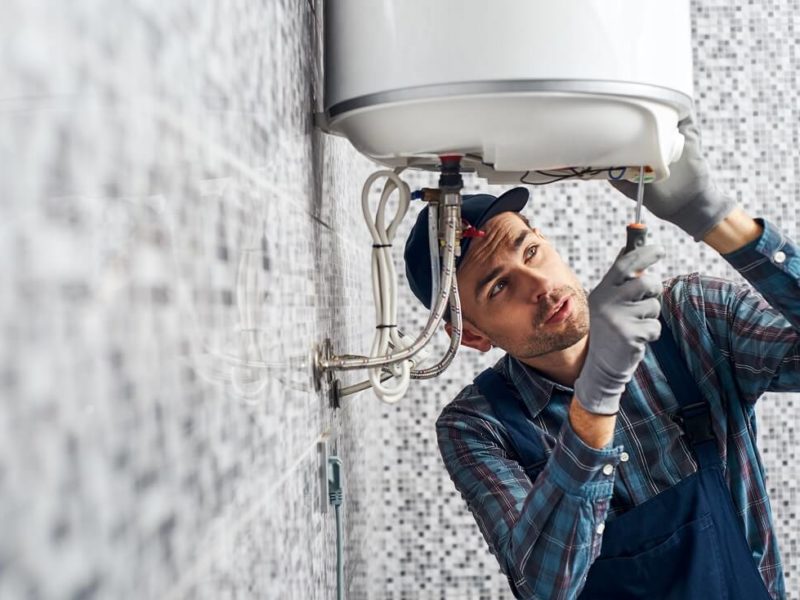Image Source: Google
A hot shower is one of life's simplest pleasures, but when your water heater is on the fritz, that luxury can quickly turn into a chilly nightmare. If you're facing the prospect of replacing your water heater, fear not! With the right knowledge and preparation, you can make the process smooth and stress-free. This guide will provide you with tips for a seamless water heater replacing so you can say goodbye to cold showers for good.
Assess Your Water Heater Needs
Evaluate Your Current Water Heater
- Consider the age of your current water heater. Most units last between 8-12 years.
- Take note of the capacity of your current water heater. Is it meeting your household's hot water demands?
- Check for any signs of leaks, rust, or unusual noises coming from the unit.
Determine the Type of Water Heater You Want
- Tank water heaters: Traditional storage tanks that hold and heat water.
- Tankless water heaters: On-demand units that heat water directly without the use of a storage tank.
- Heat pump water heaters: Energy-efficient units that transfer heat from the air to heat water.
Choose the Right Water Heater
Consider Efficiency and Energy Savings
- Look for ENERGY STAR certified models that are energy-efficient and can help you save on utility bills.
- Compare the energy factor (EF) of different water heaters to determine their efficiency.
Size Matters
- Ensure you choose a water heater that can meet your household's hot water demands without being oversized.
- Calculate the First Hour Rating (FHR) to determine the amount of hot water the unit can provide in the first hour of use.
Prepare for Installation
Gather the Necessary Tools and Materials
- Adjustable wrench
- Pipe wrench
- Teflon tape
- Flexible water supply lines
- Bucket for draining water
Turn Off the Power and Water Supply
- Switch off the power to the water heater at the breaker box.
- Turn off the water supply to the unit to prevent leaks during the replacement process.
Drain the Water Heater
- Connect a hose to the drain valve of the water heater and place the other end in a drain or outside.
- Open the drain valve and let the water heater empty completely.
Installation and Testing
Install the New Water Heater
- Follow the manufacturer's instructions to properly install the new water heater.
- Secure the unit in place and connect the water supply lines, ensuring they are tight and leak-free.
- Turn on the water supply and fill the tank before restoring power to the unit.
Test for Leaks and Functionality
- Check for any leaks around the connections and fittings of the new water heater.
- Turn on the hot water faucets in your home to ensure a consistent flow of hot water from the new unit.
- Monitor the unit for any unusual noises or issues during operation.
Maintenance Tips for Longevity
Flush the Tank Annually
- Drain and flush the water heater tank at least once a year to remove sediment and mineral buildup.
Check the Anode Rod
- Inspect the anode rod every 2-3 years and replace it if it shows signs of corrosion to prevent tank rusting.
Adjust the Temperature
- Set the water heater temperature to 120°F to prevent scalding and save on energy costs.
By following these tips for a seamless water heater replacement and practicing regular maintenance, you can ensure your hot water supply remains uninterrupted and your showers are always warm and inviting. Say goodbye to cold showers and hello to a reliable and efficient water heating system!
